N-Boc-pyrroline
Synonym(s):tert-Butyl 2,5-dihydro-1H-pyrrole-1-carboxylate
- CAS NO.:73286-70-1
- Empirical Formula: C9H15NO2
- Molecular Weight: 169.22
- MDL number: MFCD01863512
- SAFETY DATA SHEET (SDS)
- Update Date: 2025-07-04 14:24:55

What is N-Boc-pyrroline?
Chemical properties
White to yellow low melting solid or liquid
The Uses of N-Boc-pyrroline
Used in a synthesis of ?-aryl-GABA analogues by Heck arylation with arenediazonium salts, as well as synthesize aryl pyrrolizidines. N-Boc-pyrroline has also been utilized in the synthesis of various antibacterial compounds. It has also been used in the preparation of regioisomeric 3-hydroxyisoxazolinyl prolines which are medicinally active.
Definition
ChEBI: N-BOC-3-Pyrroline is a pyrroline and a carboxylic acid.
General Description
N-Boc-2,5-dihydro-1H-pyrrole, also known as tert-butyl 2,5-dihydro-1H-pyrrole-1-carboxylate, can be synthesized from N-boc-diallylamine.
Properties of N-Boc-pyrroline
| Melting point: | 40.0 to 44.0 °C |
| Boiling point: | 208 °C(lit.) |
| Density | 0.981 g/mL at 25 °C(lit.) |
| refractive index | n |
| Flash point: | 178 °F |
| storage temp. | Keep in dark place,Sealed in dry,Room Temperature |
| form | Low Melting Solid or Liquid |
| pka | -1.46±0.20(Predicted) |
| color | White to yellow |
| Water Solubility | Slightly soluble in water. |
| CAS DataBase Reference | 73286-70-1(CAS DataBase Reference) |
Safety information for N-Boc-pyrroline
| Signal word | Warning |
| Pictogram(s) |
 Exclamation Mark Irritant GHS07 |
| GHS Hazard Statements |
H315:Skin corrosion/irritation H319:Serious eye damage/eye irritation H335:Specific target organ toxicity, single exposure;Respiratory tract irritation |
| Precautionary Statement Codes |
P261:Avoid breathing dust/fume/gas/mist/vapours/spray. P264:Wash hands thoroughly after handling. P264:Wash skin thouroughly after handling. P271:Use only outdoors or in a well-ventilated area. P280:Wear protective gloves/protective clothing/eye protection/face protection. P302+P352:IF ON SKIN: wash with plenty of soap and water. P305+P351+P338:IF IN EYES: Rinse cautiously with water for several minutes. Remove contact lenses, if present and easy to do. Continuerinsing. |
Computed Descriptors for N-Boc-pyrroline
| InChIKey | YEBDZDMYLQHGGZ-UHFFFAOYSA-N |
N-Boc-pyrroline manufacturer
SAKEM LLP
1Y
Phone:+91-9676889998
Whatsapp: +91-9676889998
product: 73286-70-1 1-Boc-3-Pyrroline 98%
New Products
4,4-Difluoropiperidine hydrochloride tert-butyl 9-methoxy-3-azaspiro[5.5]undecane-3-carboxylate Indole Methyl Resin N-Isopropylurea N,N-Dicyclohexylcarbodiimide(DCC) MELDRUMS ACID 5-METHYLISOXAZOLE-4-CARBOXYLIC ACID Magnessium Bis glycinate Zinc ascorbate 1-bromo-2-butyne 2-acetamidophenol 9(10H)-anthracenone Erythrosin B, 4-Piperidinopiperidine 2-((4-morpholinophenylamino) (methylthio) methylene) malononitrile 2,4-dihydroxybenzaldehyde 3-(4-morpholinophenylamino)-5-amino-1H-pyrazole-4-carbonitrile Methyl 2-methylquinoline-6-carboxylate 2,6-dichloro-4-nitropyridine 4-Bromo-2-chlorobenzonitrile 2-(benzylamino)acetic acid hydrochloride 4-(tert-Butoxycarbonylamino)but- 2-ynoic acid 3,4-dihydro-2H-benzo[b][1,4]dioxepine 1-Phenyl-1-cycloprppanecarboxylicacidRelated products of tetrahydrofuran
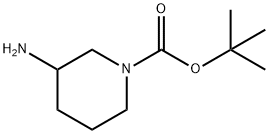
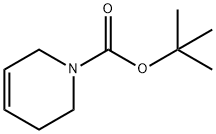
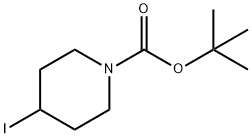

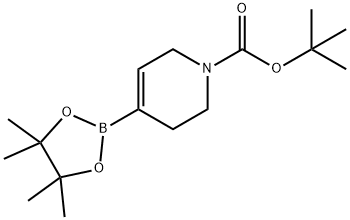

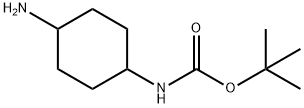
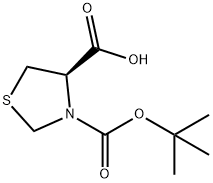
You may like
-
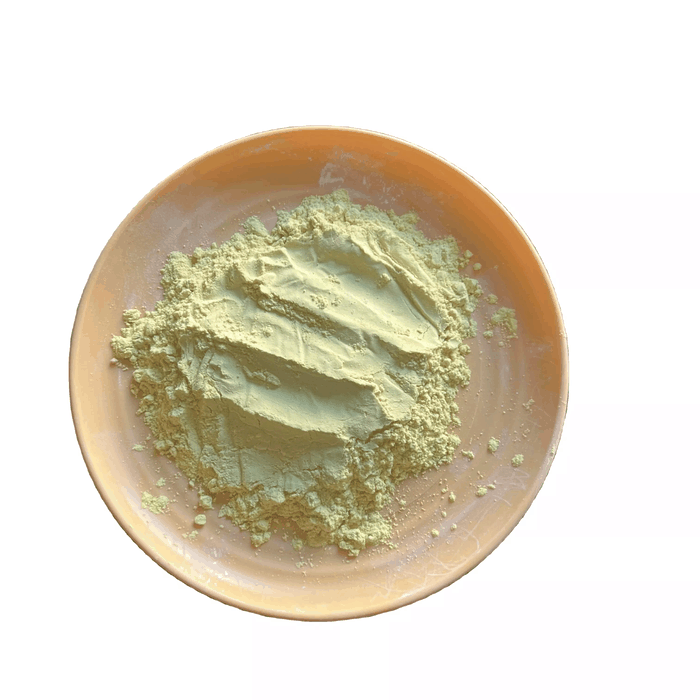 73286-70-1 1-BOC-3-PYRROLINE 98%View Details
73286-70-1 1-BOC-3-PYRROLINE 98%View Details
73286-70-1 -
 73286-70-1 98%View Details
73286-70-1 98%View Details
73286-70-1 -
 N-(tert-Butoxycarbonyl)-3-pyrroline CAS 73286-70-1View Details
N-(tert-Butoxycarbonyl)-3-pyrroline CAS 73286-70-1View Details
73286-70-1 -
 N-Boc-2,5-dihydro-1H-pyrrole 98.00% CAS 73286-70-1View Details
N-Boc-2,5-dihydro-1H-pyrrole 98.00% CAS 73286-70-1View Details
73286-70-1 -
 N-Boc-2,5-dihydro-1H-pyrrole CAS 73286-70-1View Details
N-Boc-2,5-dihydro-1H-pyrrole CAS 73286-70-1View Details
73286-70-1 -
 73286-70-1 1-Boc-3-Pyrroline 98%View Details
73286-70-1 1-Boc-3-Pyrroline 98%View Details
73286-70-1 -
 20677-73-0 (2,2-diethoxyethyl)methylamine 98%View Details
20677-73-0 (2,2-diethoxyethyl)methylamine 98%View Details
20677-73-0 -
 3-(4-(hydroxyamino)-1-oxoisoindolin-2-yl)piperidine-2,6-dione 98%View Details
3-(4-(hydroxyamino)-1-oxoisoindolin-2-yl)piperidine-2,6-dione 98%View Details
Statement: All products displayed on this website are only used for non medical purposes such as industrial applications or scientific research, and cannot be used for clinical diagnosis or treatment of humans or animals. They are not medicinal or edible.
